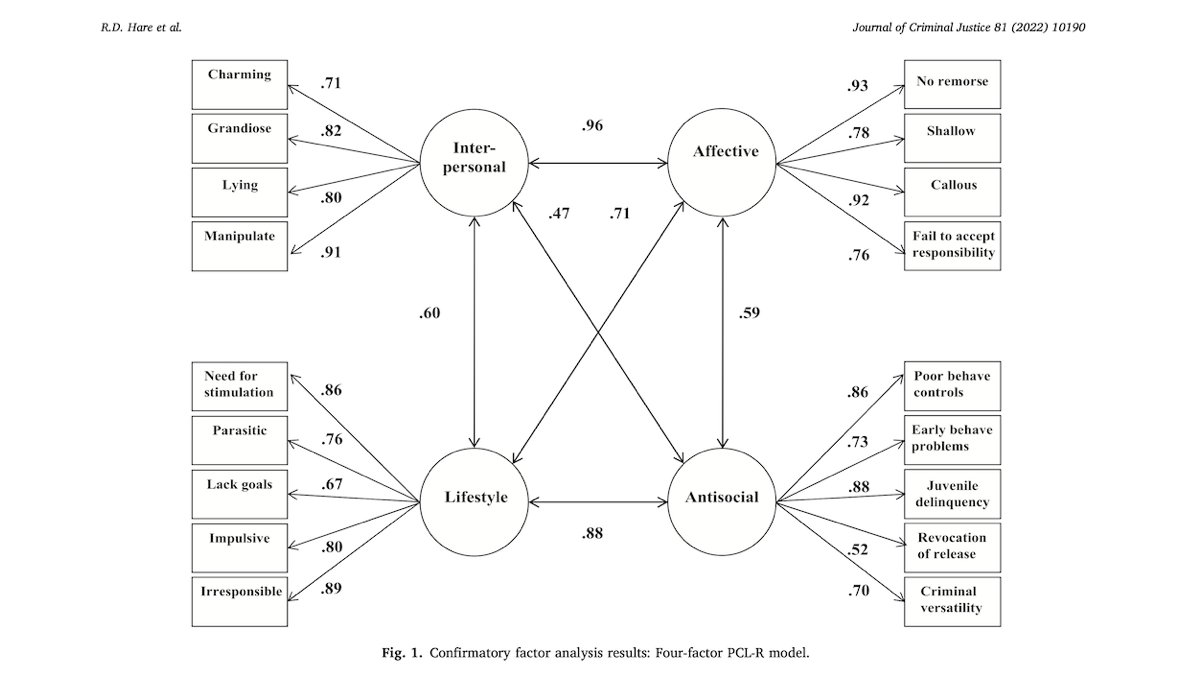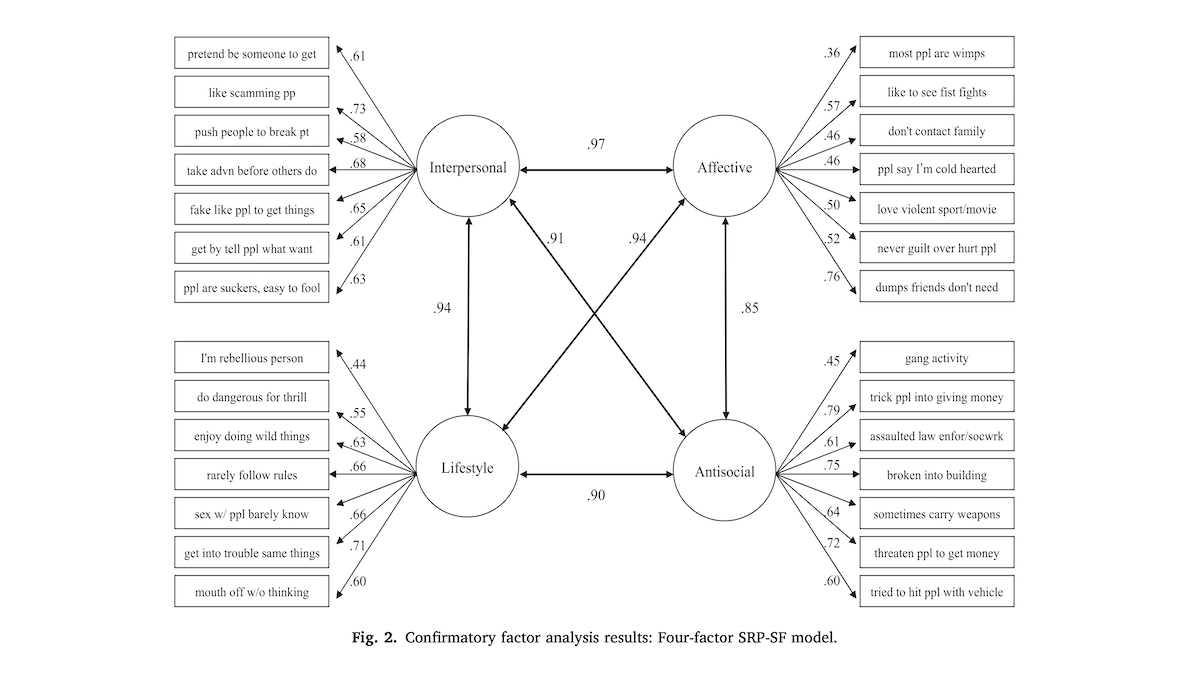3% of the population are psychopaths | Jordan Peterson and Lex Fridman
“It’s hard to fool people as such over a protracted period of time. And I guess it’s partly because everybody brings a different, slightly different set of falsehood detectors to the table. And if you aggregate that, it’s pretty damn accurate….
“We know that people behave more badly when they’re anonymous. That’s a very well established psychological finding… I think the reason that everything, perhaps the reason that everything started to go sideways pretty seriously around 2015 is because we invented these new modes of communication. We have no idea how to police them. And so the psychopathic manipulators, they have free rein. About 30% of the internet is pornography. A huge amount of internet traffic is outright criminal. And there’s a penumbra around that. That’s, you know, psychopathic, narcissistic troublemaking trolls. And that might constitute the bulk of the interactions online. And it’s partly because people can’t be held responsible. So the free riders have free reign.
“1% of the criminals commit 65% of the crimes. So imagine that 1% are the people that you’re really concerned with. They often have stable patterns of offending that emerged in very, very young, like even in infancy, and continued through adolescence and into adulthood. If you keep them in prison until they’re in their, in the middle of their late twenties, most of them stop.
— Jordan Peterson
Learn more
- Without Conscience: The Disturbing World of the Psychopaths Among Us – Amazon Books
- Most people are both repelled and intrigued by the images of cold-blooded, conscienceless murderers that increasingly populate our movies, television programs, and newspaper headlines. With their flagrant criminal violation of society’s rules, serial killers like Ted Bundy and John Wayne Gacy are among the most dramatic examples of the psychopath. Individuals with this personality disorder are fully aware of the consequences of their actions and know the difference between right and wrong, yet they are terrifyingly self-centered, remorseless, and unable to care about the feelings of others. Perhaps most frightening, they often seem completely normal to unsuspecting targets–and they do not always ply their trade by killing. Presenting a compelling portrait of these dangerous men and women based on 25 years of distinguished scientific research, Dr. Robert D. Hare vividly describes a world of con artists, hustlers, rapists, and other predators who charm, lie, and manipulate their way through life. Are psychopaths mad, or simply bad? How can they be recognized? And how can we protect ourselves? This book provides solid information and surprising insights for anyone seeking to understand this devastating condition.
- Table of Contents Introduction
- 1. Experiencing the Psychopath
- 2. Focusing the Picture
- 3. The Profile: Feelings and Relationships
- 4. The Profile: Lifestyle
- 5. Internal Controls: The Missing Piece
- 6. Crime: The Logical Choice
- 7. White-Collar Psychopaths
- 8. Words from an Overcoat Pocket
- 9. Flies in the Web
- 10. The Roots of the Problem
- 11. The Ethics of Labeling
- 12. Can Anything Be Done?
- 13. A Survival Guide Epilogue
- Important new research by Randy Salekin argues persuasively that, “Callous–unemotional traits have been incorporated into the DSM-5 and may be considered for the ICD-11. Despite the centrality of callous–unemotional traits, it is only one of three dimensions of child psychopathy. It is proposed that the grandiose–manipulative and daring–impulsive traits should be considered and potentially accepted as specifiers for conduct disorder in the DSM-5 and ICD-11.” The full reference for this research is:
Salekin, R. (2016). Psychopathy in childhood: why should we care about grandiose–manipulative and daring–impulsive traits? British Journal of Psychiatry, 209, 189-191. doi:10.1192/bjp.bp.115.179051. [Download PDF]
- López-Romero, L., Romero, E., Colins, O. F., Andershed, H., Hare, R. D., & Salekin, R. T. (2019). Proposed specifiers for Conduct Disorder (PSCD): Preliminary validation of the Parent Version in a Spanish sample of preschoolers. Psychological Assessment, 31(11), 1357-1367. [Download PDF]
- Luo, J., Wang, M.-C., Neumann, C. S., Hare, R. D., & Salekin, R. T. (2021). Factor structure and construct validity of the proposed specifiers for Conduct Disorder (PSCD) Scale in Chinese Adolescents. Assessment, 28(7), 1765-1784. [Download PDF]
- Hare, R. D., León Mayer, E., Rocuant Salinas, J., Folino, J., & Neumann, C. S. (2022). Psychopathy and crimes against humanity: A conceptual and empirical examination of human rights violators. Journal of Criminal Justice, 81, 101901. [Download PDF]



